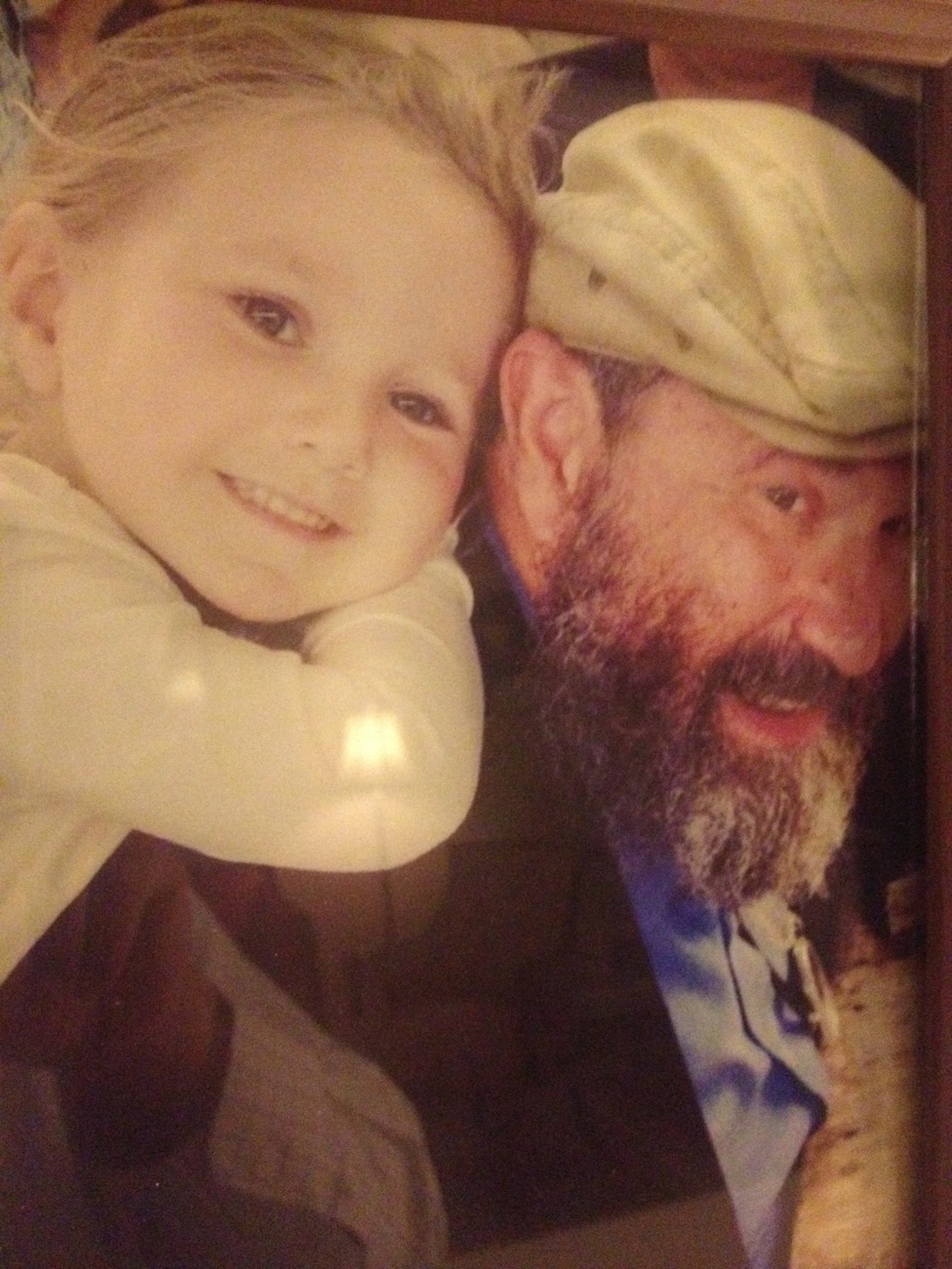When my father,”Alav haSholom”, was niftar (passed), I was attending law school in Cincinnati. At the urging of my already religious older sister, I began learning with Rabbi Zelig Sharfstein “Alav haSholom”, the Chief Rabbi of Cincinnati and the shaliach of the Rebbe.
Rabbi and Rebbetzin Sharfstein and family hosted many students, faculty, and visitors in their home for Shabbosim and Yom-Tovim. They infused all with a love of “Yiddishkeit” and Lubavitch chassidus.
Rabbi Sharfstein introduced me to the mitzva of “shenayim mikra” and the linear Chumash and Rashi that was one of the few English-Hebrew seforim available for self study in the early 1970s. For several years, I used the linear Chumash with Rashi to review the Sidra. Over the years my proficiency in Chumash improved greatly, but I made very little progress in my ability to learn the Hebrew text or or to “teitch” through a Rashi. I noticed that many of my “BT” friends having a similar “coming late to Yiddishkeit” background were also still using the linear Chumash “crutch”. As much as we knew the sidra, we were bound to the English translation.
CH: How has Chayenu changed your experience of Torah study?
TS: Chayenu was such a welcomed addition to my study regimen. As my family traveled/travels quite often, it necessitated my dedicating one large luggage bag with a Chumash, Tanya, Tehillim, HaYom-Yom, and assorted volumes of commentaries.
At a time when traveling light was at a premium, I was the “butt” of family jokes weighed down with my huge mobile Jewish library collection.
Chayenu put everything in one convenient publication, and if one is comfortable with a computer screen, one needn’t even carry that single publication.
CH: Aside from the mobility, what other aspects of Chayenu benefit you?
TS: In my struggle to master hebrew, I began actively writing in the Chayenu. In addition to notes and questions, I began highlighting text and translation in a system that promoted great strides in mastering vocabulary and grammar. I found this carried over to my Gemara learning.
Whereas previously I relied solely on the Maggid Shiur (teacher) to translate Rashi, I was able to read through many Rashis with minimal help. This is an ongoing project, but after years of frustration, it is encouraging to “see light at the end of the tunnel”. Besides the excellent translation of the Chumash and Rashi, the notes in the Margolin edition give great new perspectives to “mining” the sidra for new insights.
CH: Chayenu also features over a dozen other sections, what else appeals to you?
TS: In truth, every section is a gem; the Tanya section, Halacha, Ein- Yaakov, the list goes on! Chayenu provides a life-saving service by bringing a plethora of Torah content into a convenient format.

